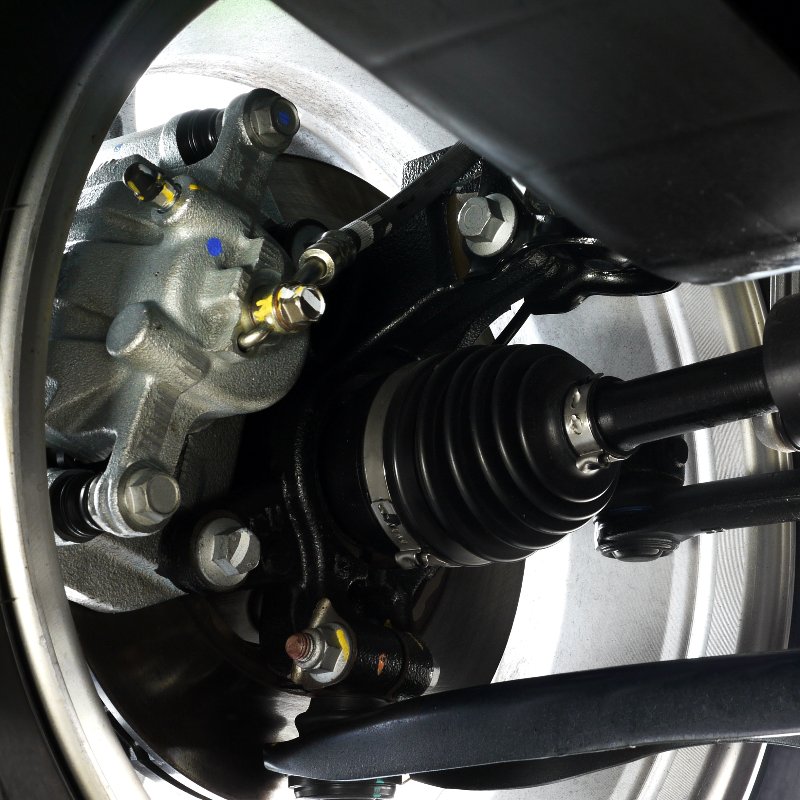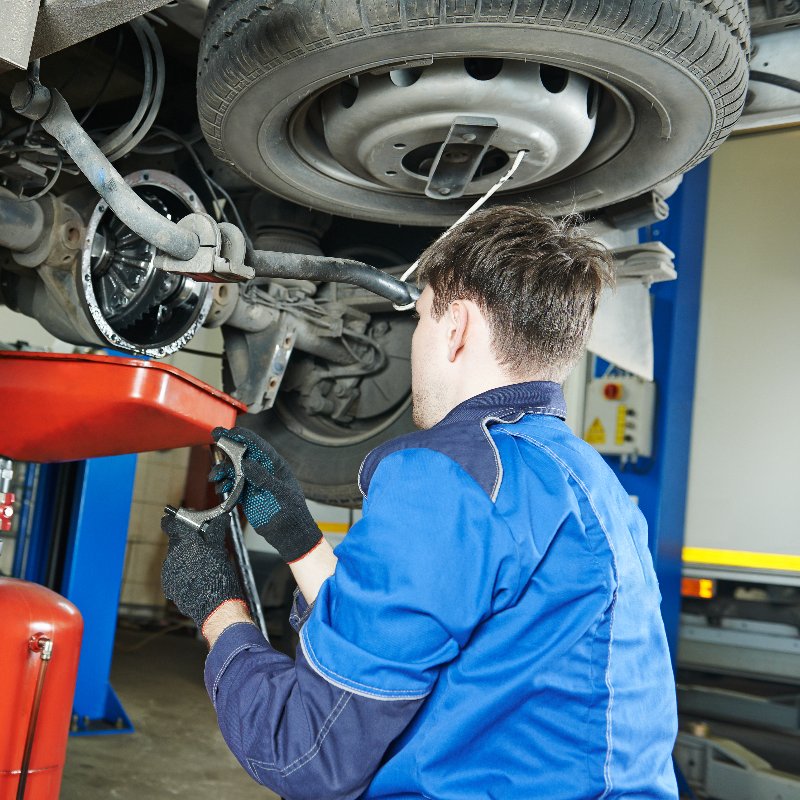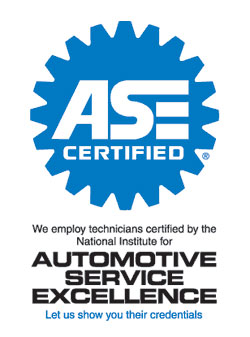
Keep Your Car Running
“And the wheels on the bus go round and round, round, and round ….”. Recognize that song? We’re all familiar with it, we learn it when we were little and teach it to our kids and grandkids. But those wheels won’t go round and round if the tires aren’t aired up and if the bus, or any vehicle, needs axle repair.
How do axles wear out?
Your car’s suspension and wheel performance depend on the shocks and axles. The axles are a major component when it comes to the braking, driving, and steering of a car. They are the link between the engine and tires. The axles are responsible for carrying the entire weight of your car and all its components while the shocks absorb any, well shock to the axles. So, if the axle is bent or broken, axle repairs are a must for your car to move.
So, if the shocks are broken or old and worn out when the car hits a bump or pothole, and the shocks or struts can’t absorb any of that jolt, you could find yourself needing the axles repaired. The axle rotates constantly as the car moves, and they flex to accommodate the various road conditions. When they become too worn out, they can break if the conditions are hard when the car hits a bump.
The three things that are usually the cause of a broken axle are:
- Overloading: When you’re hauling too much weight in a car, a common issue for pickups, the axles can’t bear the weight and you’ll end up needing an axle repair service. Always note the recommended towing capacity of a vehicle and this will include how much you can load into a car or truck.
- Fatigued Metal: This is a prevalent issue for older cars, cars with high mileage, or a car that carries excessive heavy loads. As the car ages, the metal parts become brittle and rusty, which reduces their strength. Axles are made of durable, heavy metal, but that metal will age and lead to a broken axle if the heavy hauling continues, resulting in axel repair or replacement.
- Road Conditions: The roadways of today aren’t doing well with the increase in traffic, and that is adding stress to the already worn roads, creating more bumps and potholes. When a car hits these bumps and potholes hard, it stresses the axles, and many car owners are seeking axle repairs or replacements.
How do I check my axle?
You want to inspect the boot around the CV joint. The boot is what keeps the CV joints lubricated and prevents dirt, dust, and water from getting to the CV joints. You’re looking for any holes, splits, or tears in the boot. You want to check if any grease is leaking from the boot.
Next, you need to inspect the shaft for any dents, dings, or nicks. Note if there is anything rubbing against the shaft and check the clamps connect the boots to the shaft for any leaks. If any of these things are apparent, you should have a mechanic inspect the CV joints, shocks, or struts and the axle. Repairs or replacements may be necessary for any or all these components.
How do you know when an axle is bad on your car?
We now have an understanding that when the axle is bad, it will put more stress on the shocks or struts, which puts more stress on the tires. All these together are what allow a car to move, and when they are worn out prematurely, the repair and replacement costs can get extensive. If it doesn’t get bad enough for an axle repair job, you’ll be replacing shocks or struts, and tires on a frequent basis.
Most of us won’t have a car long enough to worry about axle repair or replacement. So, how do I know if my axle needs to be replaced? The following are signs your axle is broken and should be replaced:
- A clunking sound when putting the car into gear
- Strong vibrations while driving, braking, or turning
- No power is transmitted to the wheels from the engine
Can you drive a car if the axle is broken?
If the axles are bad but turning, yes you can keep driving the car, but at a risk. At any point and time, the axle could completely break and fails, causing you to lose control of your car, resulting in a possible accident or crash. If you’re traveling at a high rate of speed with this happens, the accident or crash could be fatal.
How long can you drive on a bad axle?
Once a car axle is starting to fail, it can take days, weeks, or months before it breaks. It all depends on how much the car is driven, the road conditions it is subjected to, and your driving style.
How long does an axle last?
Again, the road conditions and your driving style will have a big impact on how long the axles last. As we stated earlier, most of us will never have to deal with axle repair or replacement. For vehicles that are subjected to harsh driving and road conditions, the end-of-life for axles will be sooner than a car that is driven a few miles over its lifetime.

In Closing
So, how often do car axles need to be replaced? On a new car today, you can expect to get up to 60,000 miles or more before needing to replace the CV joints or struts. But again, it will depend on your driving manner and style and the road conditions you drive over.


